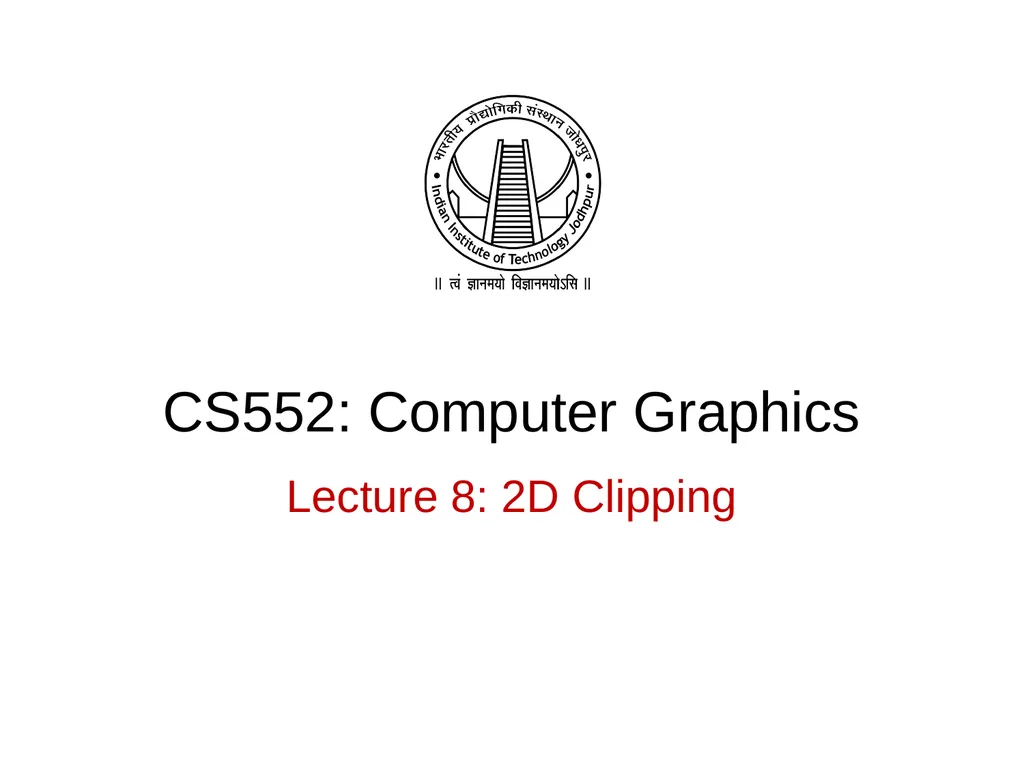
Author : yoshiko-marsland | Published Date : 2025-05-12
Description: CS552 Computer Graphics Lecture 8 2D Clipping Recap 2D Clipping Point and Line Clipping CohenSutherland Line Clipping Algorithm Polygon clipping SutherlandHodgeman Polygon Clipping Objective After completing this lecture the studentsDownload Presentation The PPT/PDF document "CS552: Computer Graphics Lecture 8: 2D Clipping" is the property of its rightful owner. Permission is granted to download and print the materials on this website for personal, non-commercial use only, and to display it on your personal computer provided you do not modify the materials and that you retain all copyright notices contained in the materials. By downloading content from our website, you accept the terms of this agreement.
Here is the link to download the presentation.
"CS552: Computer Graphics Lecture 8: 2D Clipping"The content belongs to its owner. You may download and print it for personal use, without modification, and keep all copyright notices. By downloading, you agree to these terms.













